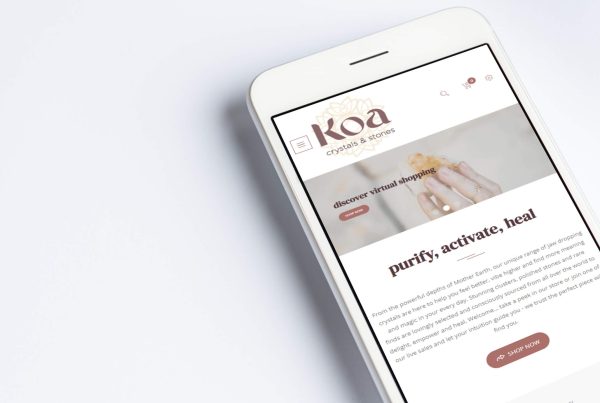
Do you have all your design assets on file, in particular your logo in all the right formats and a brand style guide?
I cannot tell you how many times we’ve asked a new client for a vector file of their logo, only to be emailed a low resolution jpeg!
So why is this an issue? If your designer has only sent you a jpeg or worse, a psd file of your logo, you may not be dealing with a qualified professional designer and you could be in trouble.
We could go into depth about all the different file formats and what they mean, but we’re not going to. We’re just going to tell you which format you need, and why!
VECTOR FILE (file formats ending with .eps or .ai)
A professional designer or agency should create your logo in a program called Adobe Illustrator which stores the lines, shapes and colours that make up your logo image as a mathematical formula. To put simply, this means that we can SCALE your logo to ANY size, without losing it’s quality. We can also adjust your logo to have a transparent background or change it to white if you want it on a solid background, or change it to any different format for a broad range of applications, such as web or digital or even to use in videos and animations.
Basically, having a vector file means you logo is most flexible and versatile. When you switch designers or agencies, you want to have this format of your logo on file, so you can submit it to new designers, web developers, ad agencies, sign writer etc.
If you’ve only received a JPEG of your logo, chances are they logo is too small to be reproduced at different scales. That’s why you’ll sometimes see brochures that have pixelated graphics and it just looks bad!
While your design agency keeps these on file, you should request to keep a copy of your own – after all it is an asset that you paid for, and one day you might want to change agencies or hire a sign writer to create a large 3D sign of your logo for your new office – you will need a vector file for that.
There are many other formats that are also useful, but if you have a vector file, you can convert that file into any other format you wish – jpeg, png, pdf, tiff and psd for all variety of uses.
Other design assets that you should keep on file can include:
• any images and photographs that you have purchased – make sure you know what the license agreement is, and make sure you have hi resolution (generally at least 300dpi) originals on file in case you need to use them for other marketing pieces
• your company logo in vector format (.ai and .eps) and any variations of the logo in all those format too
• any other design assets and elements that were exclusively developed as part of your branding such as illustrations, icons, graphics, buttons, patterns etc. They should be supplied in vector format as well
• A brand style guide that clearly identifies your company colours (their CMYK, RGB and PMS breakdown) as well as the fonts that were used (you may need to buy or license these separately if you want to use them internally). This is important so that you brand is consistent across various applications and that printers and other marketing professionals have a clear understand of how your brand should be represented.
If you have any questions about this, comment below and we’ll be happy to respond.




